But strangely, even though the specter of death is always present and lurking, people still flock to this road every day.
"Grave of the Dead"
According to statistics from the United Nations migration agency, the US-Mexico border is ranked first among the most dangerous migration routes in the world . The 3,200 km long border between the US and Mexico is even known as the “graveyard of death”. On average, hundreds of people die here every year on their journey to find a new life.
In 2018, 283 migrant deaths were recorded in this area, and last year, the International Organization for Migration (IOM) recorded 686 cases of migrants dying or going missing while migrating through this route, however, this number is confirmed to be much higher. Reuters quoted a report by the International Organization for Migration (IOM) saying that in 2022 alone, there were a total of 686 cases of migrants dying or going missing in the US-Mexico border area.
Paul Dillon, a spokesman for the IOM, said the actual number could be much higher, as some victims are never found. The Rio Grande near Texas is the busiest crossing for migrants. While in the summer migrants risk dying from heatstroke, in the winter they risk freezing to death on their journey to the “promised land”. “The remoteness and danger of the area, as well as the presence of criminal gangs along the route, mean that this figure may not reflect the true number of deaths,” the IOM said.
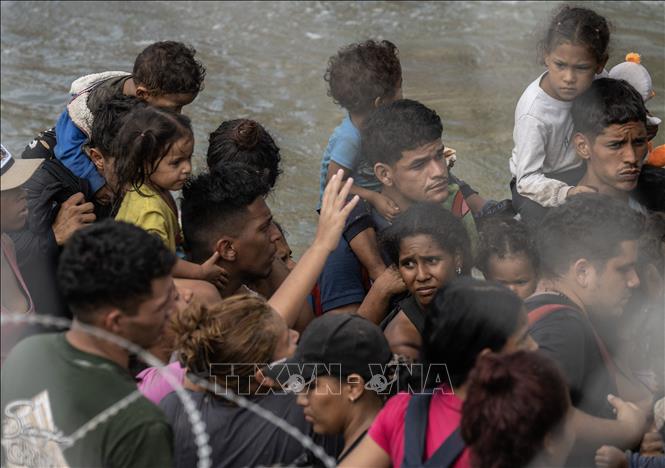
Migrants wait to apply for immigration to the US at the US-Mexico border in Eagle Pass, Texas, US, September 22, 2023. Illustration photo: AFP/TTXVN
It is worth noting that despite constant warnings that the route is extremely dangerous, the number of migrants choosing this route continues to increase. Incomplete statistics show that each year hundreds of thousands of people fleeing rampant gang violence, poverty, political repression and other crises in their home countries choose the US-Mexico border as a way to reach the “promised land”.
In fact, in fiscal year 2022, which ended in September, the US said it had stopped more than 2 million illegal migrants from crossing the border with Mexico. Mexican President Manuel Lopez Obrador said on October 2 that about 10,000 migrants and refugees were arriving at the US-Mexico border every day by the end of September 2023.
Fragile life when crossing the river
The record number of deaths and missing people is evidence of the difficulty and danger of this sea route. When talking about the danger of this route, it is impossible not to mention the “Rio Grande factor”.
This is a river that flows from the southwestern state of Colorado in the United States to the Gulf of Mexico, part of the river that forms the Mexico-US border. The Rio Grande is considered a river of death, even for locals who are familiar with the terrain and good swimmers, because the river's current is especially fast, strong, and can change suddenly, especially after days of heavy rain, although from the outside the Rio Grande looks quite calm. The riverbed is shallow and deep, many sections are nearly 2.5 m deep, which can make people lose their footing at any time.
“ This river is extremely dangerous. I grew up along the Rio Grande, and I didn’t even dare to go swimming or bathing in the water. The river is very fast, with many eddies that can pull you down at any time, ” said a local resident. Paul Dillon, an IOM spokesman, said: “ The Rio Grande near Texas is the most popular place for migrants to cross. Migrants are very susceptible to heatstroke in the summer and freezing to death in the winter.” Even more dangerous, the US Border Patrol said they sometimes spotted alligators lurking on the riverbanks. “ People crossing the border have to watch the flow, feel their way through the river, and now they have to watch out for alligators. An alligator doesn’t care about the difference between a child and a chicken, ” said a border patrol commander in the area.
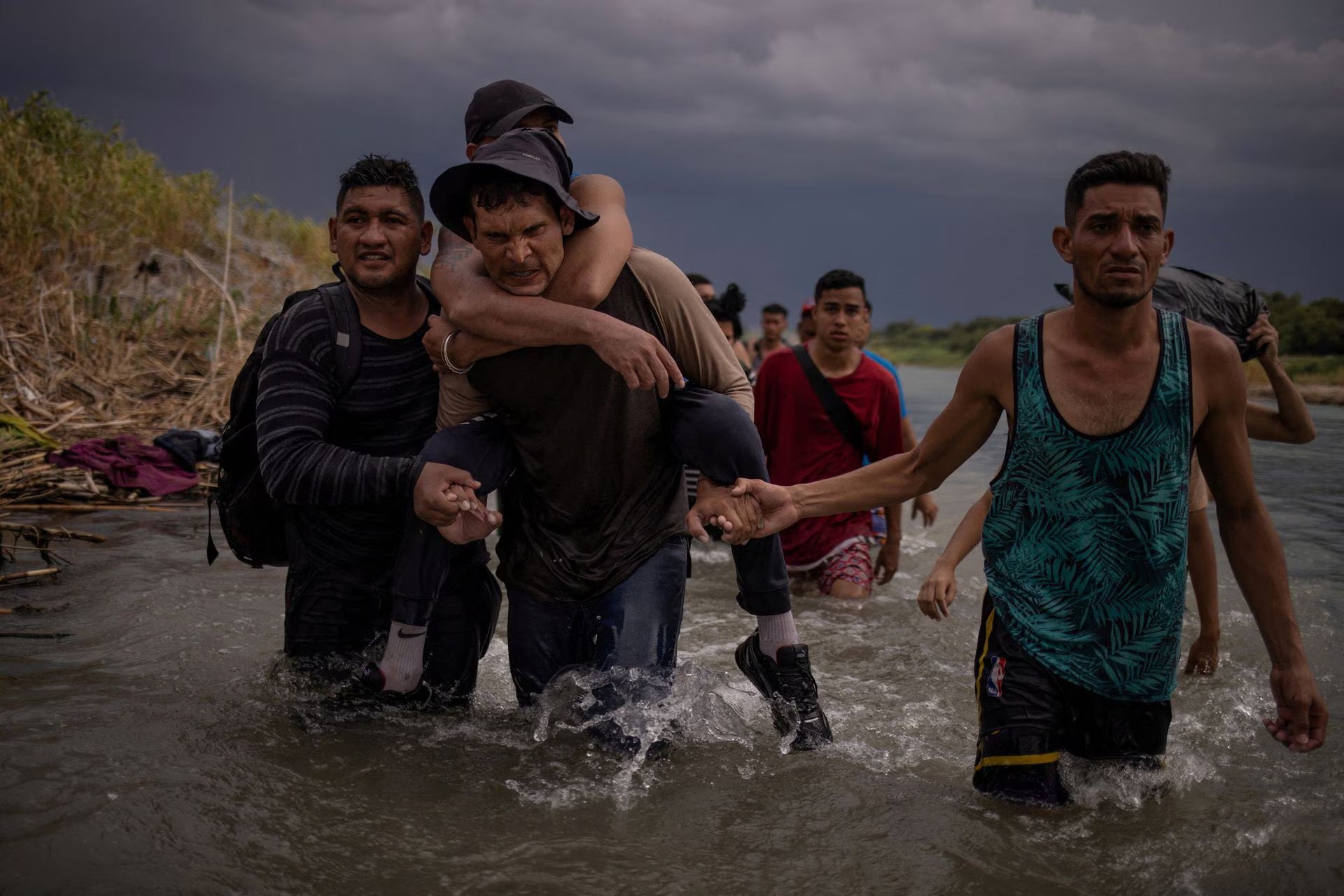
A man carries his child across the Rio Grande River. Photo: Reuters
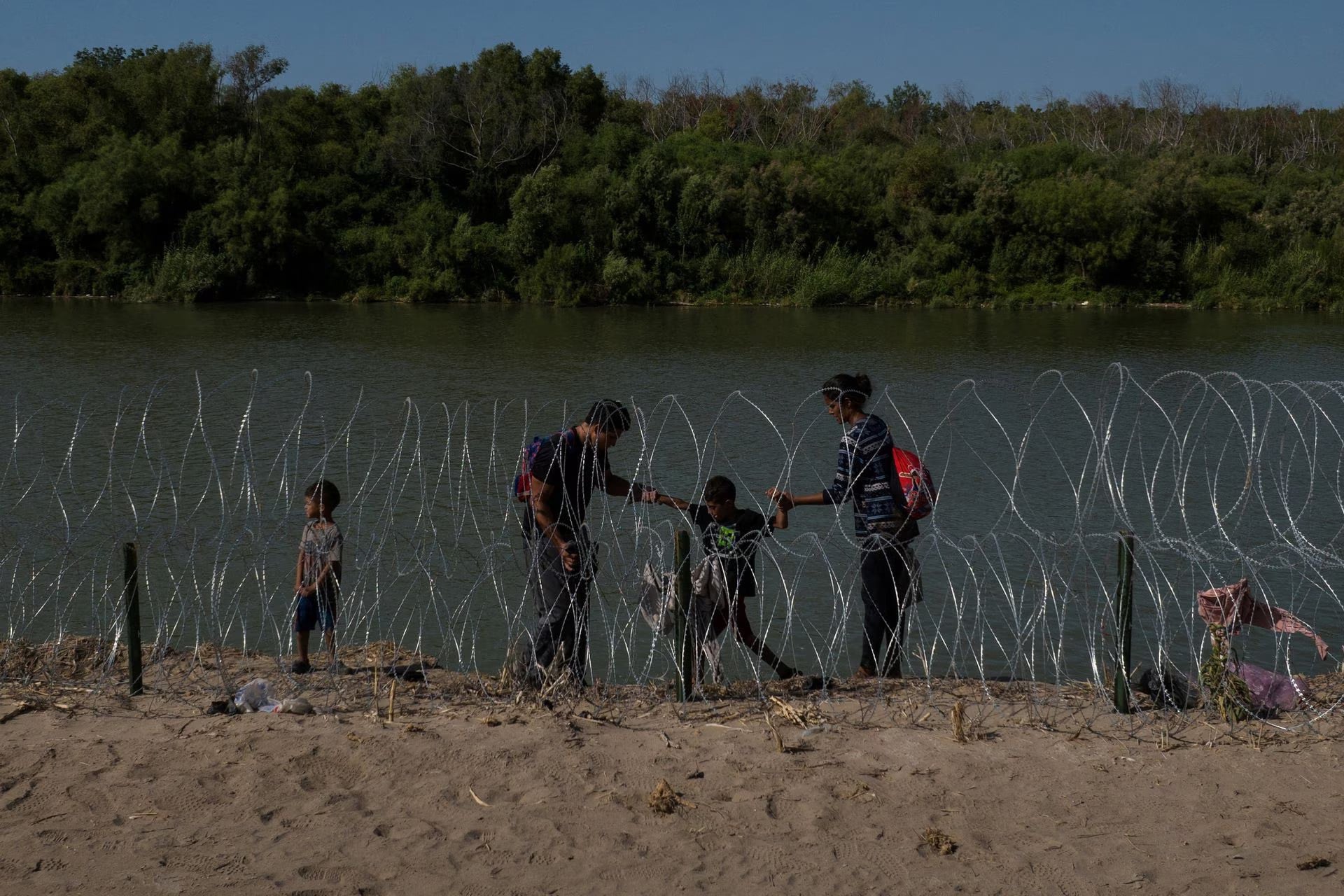
A Mexican family searches for a hole in the US-Mexico border fence. Photo: Reuters
Therefore, to cross this ferocious river is the first terrifying challenge that migrants must overcome. According to AFP, to be able to cross the river, migrants must choose a time of day, usually dawn, to make it easier to maneuver.
After that, they could not go alone but had to gather in large groups, one after another forming a long line, connecting their belts together to form a rope, holding on to it together, doing so to create a position against the rapid current and then being able to swim across the river. If they lost their balance or the belt suddenly broke, tragedy could happen, in the blink of an eye, the rapid current could completely sweep away people's lives and in fact, many tragedies have happened.
In 2022, facing the reality of the increasing number of people drowning while crossing the border in this area, Mr. Manuel Mello III - Eagle Pass Fire Department - exclaimed on Fox News: “There are so many bodies that the morgue is asking for help. I have never seen so many drownings. We recover bodies every day. Those painful images haunt the rescue workers.”
In 2019, the world was shocked by the haunting photo taken by journalist Julia Le Duc of La Jornada (Mexico) of a father and daughter drowning while crossing a fast-flowing river. The 2-year-old daughter's arm around her father's neck showed that she tried to cling to her father in her final moments.
The hardships of facing the barbed wire border wall
But the journey to the “promised land” did not stop there. To be able to set foot on American soil, after completing the “mission of crossing the Rio Grande”, they also had to overcome a not-so-short barbed wire fence.
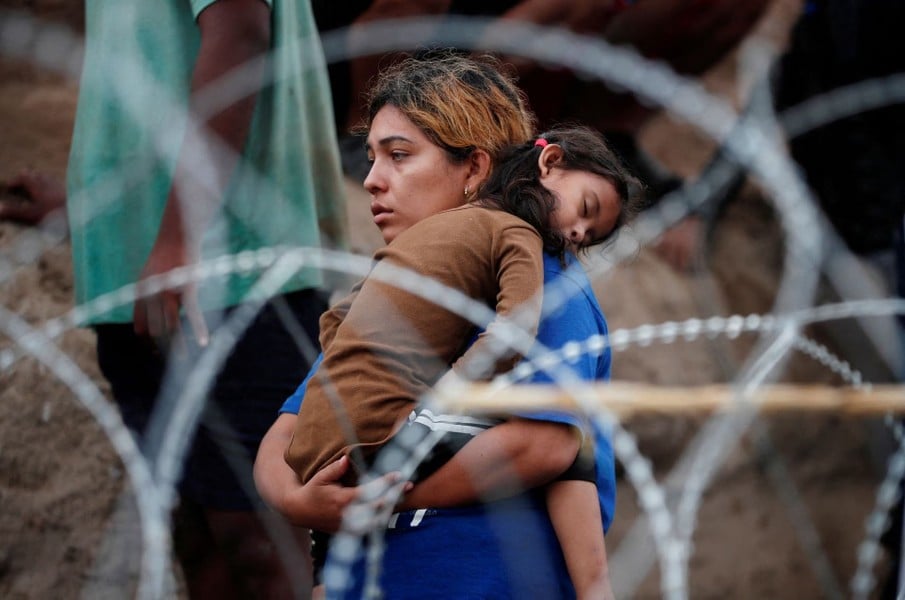
A baby girl sleeps soundly in her mother's arms after crossing the Rio Grande River to seek asylum in the US. Photo: Reuters.
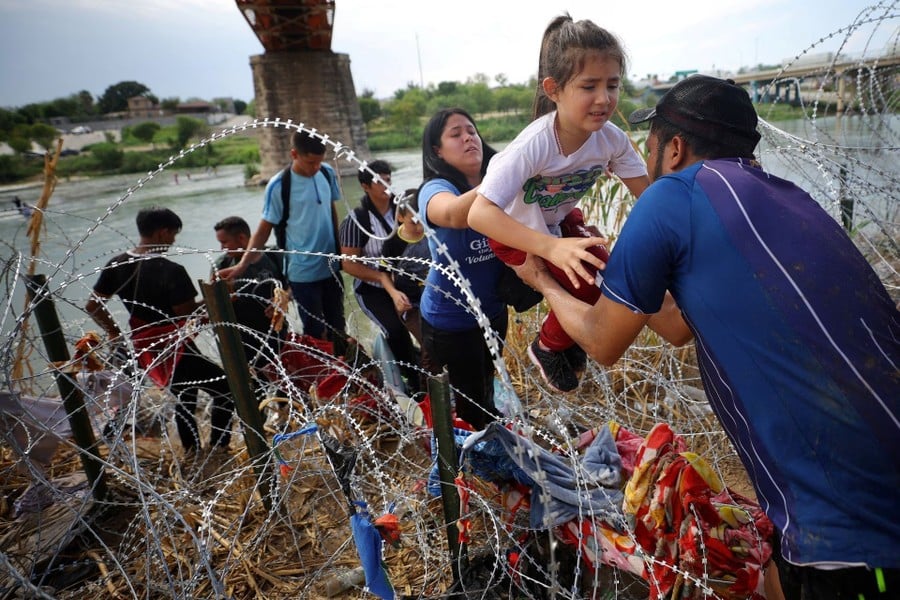
Venezuelan migrants cross a barbed wire fence in Eagle Pass, Texas, USA. Photo: Reuters.
In fact, looking back at history, apart from an invisible border formed on the rugged and winding terrain along the Rio Grande River, there was no separation between the US and Mexico until 1911, when a fence about 30km long was erected, but only for the purpose of preventing... Mexican cattle from straying into the US and preventing the spread of disease.
It was not until the years after World War II, when the flow of Mexicans into the United States, both legally and illegally, increased, that the United States became seriously concerned about erecting a border fence.
In 1979, President Jimmy Carter officially erected a barbed wire fence on this border. Fifteen years later, President Bill Clinton “expanded” it with more than 300km of the border protected by metal fences. In 2006, President George W. Bush added and reinforced more than 1,000km of the border. In 2018, the barbed wire fence continued to be reinforced and expanded.
In the years that followed, the border was not only expanded, but also surrounded by barbed wire and a state-of-the-art security system. On June 24, US President Donald Trump's visit to Arizona marked the completion of the project to build hundreds of kilometers of border wall with Mexico. This border wall is equipped with state-of-the-art technology such as sensor systems, security cameras and many other things.
According to the Donald Trump administration, the wall was built to stop human and drug trafficking from Mexico and help prevent the spread of the Covid-19 pandemic on the southern border, but the main goal is nothing more than to try to stop the flow of migrants into the US. Fences and walls currently cover about a third of the more than 3,100km border between the US and Mexico, making illegal border crossings more expensive and dangerous for migrants.
Ha Anh
Source


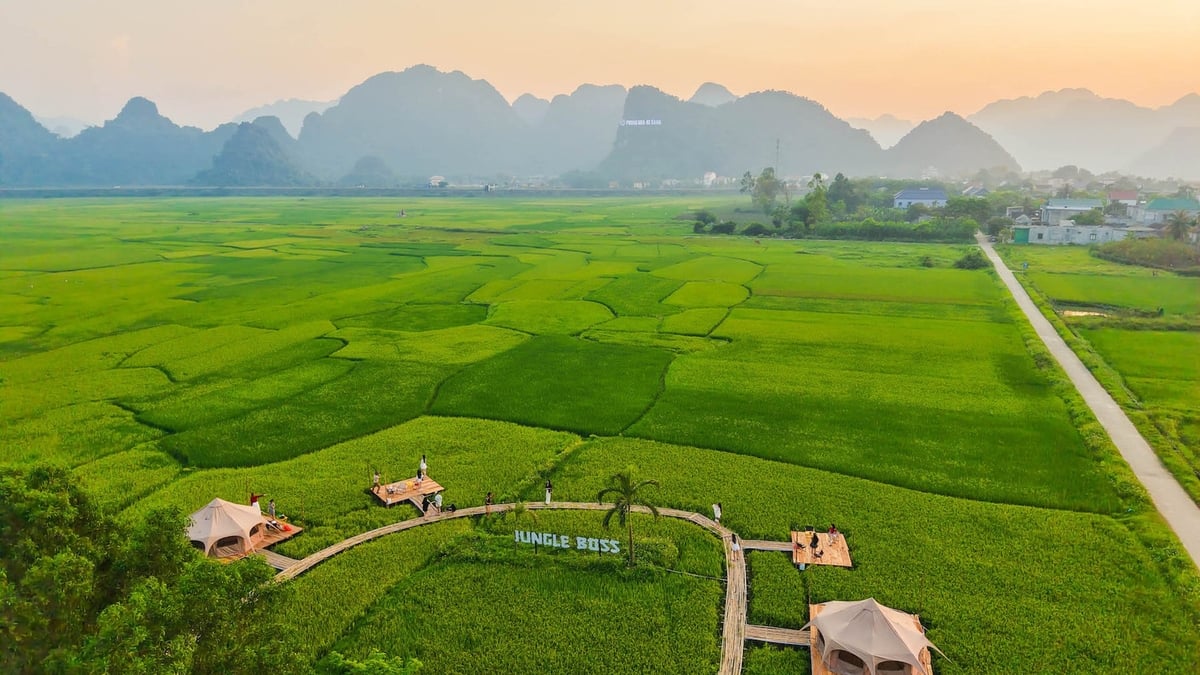








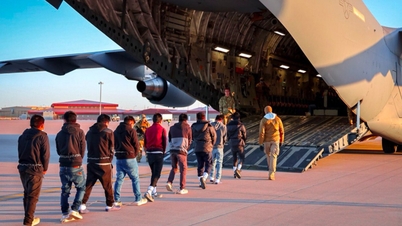
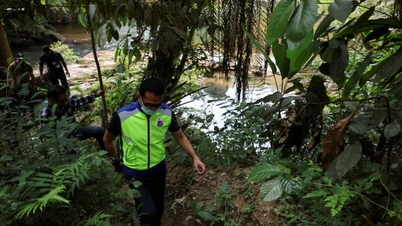

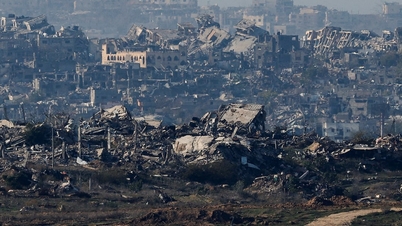















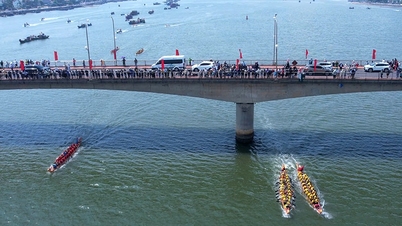
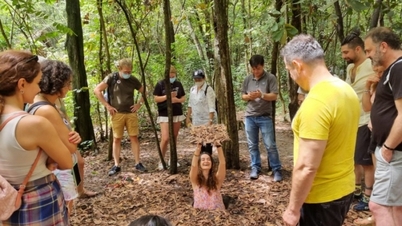




































































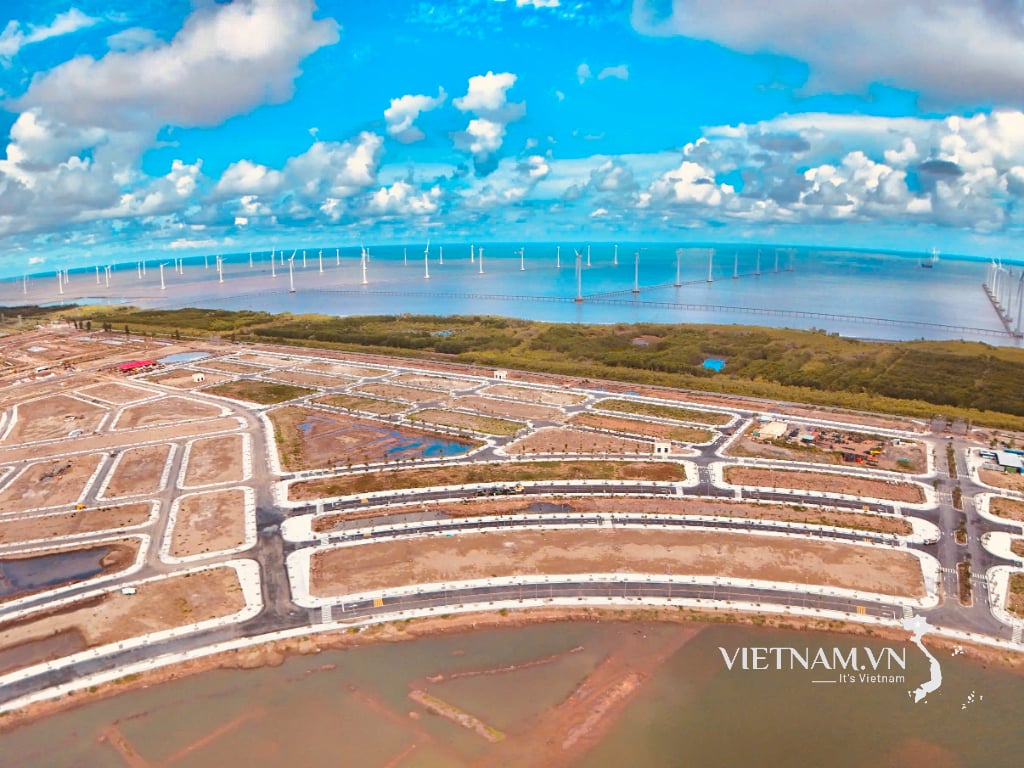


Comment (0)